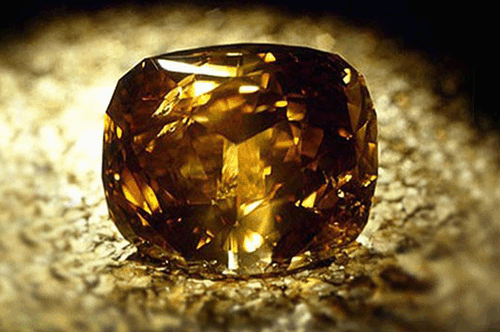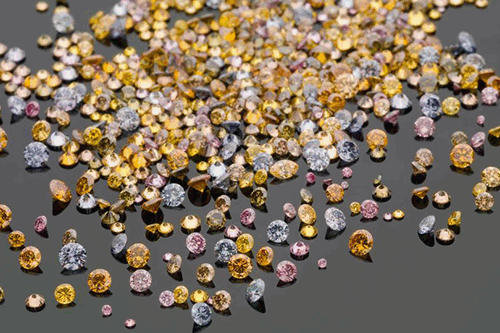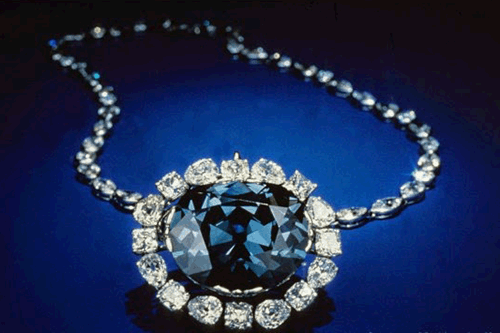
- HOME
- FACTS
- Carat
- Clarity
- Cut
- Four C's
- Shape
- Diamond Types
- Diamond Flaws
- Rough Diamonds
- Enhanced Natural Diamonds
- Lab Created Diamonds
- Simulants
- Fancy Colored Diamonds
- Fancy Black Diamonds
- Fancy Blue Diamonds
- Fancy Brown Diamonds
- Fancy Champagne Diamonds
- Fancy Cognac Diamonds
- Fancy Gray Diamonds
- Fancy Green Diamonds
- Fancy Pink Diamonds
- Fancy Red Diamonds
- Fancy White Diamonds
- Fancy Yellow Diamonds
- Gemstones
- HISTORY
- BUYING A DIAMOND
- DIAMOND CARE
- FAMOUS DIAMONDS
- DIAMOND MALL - DIAMOND SAVINGS
- Diamond Mall - All Diamond Types
- Loose Diamonds
- Diamond Bracelets
- Diamond Engagement Rings
- Diamond Earrings
- Diamond Eternity Rings
- Diamond Necklaces
- Diamond Pendants
- Diamond Wedding Rings
- Gemstone Jewelry
- Pave Set Diamond Engagement Rings
- Side Stone Diamond Engagement Rings
- Three Stone Diamond Engagement Rings
DiamondAvenue.com is the place to learn about Gemstones |
Gemstones
|

Golden Jubilee Diamond |

Diamonds come in all shapes, sizes and colors. |

| Ever wonder what some of the most famous diamonds
look like? |

| Check out the DiamondAvenue Mall. |

